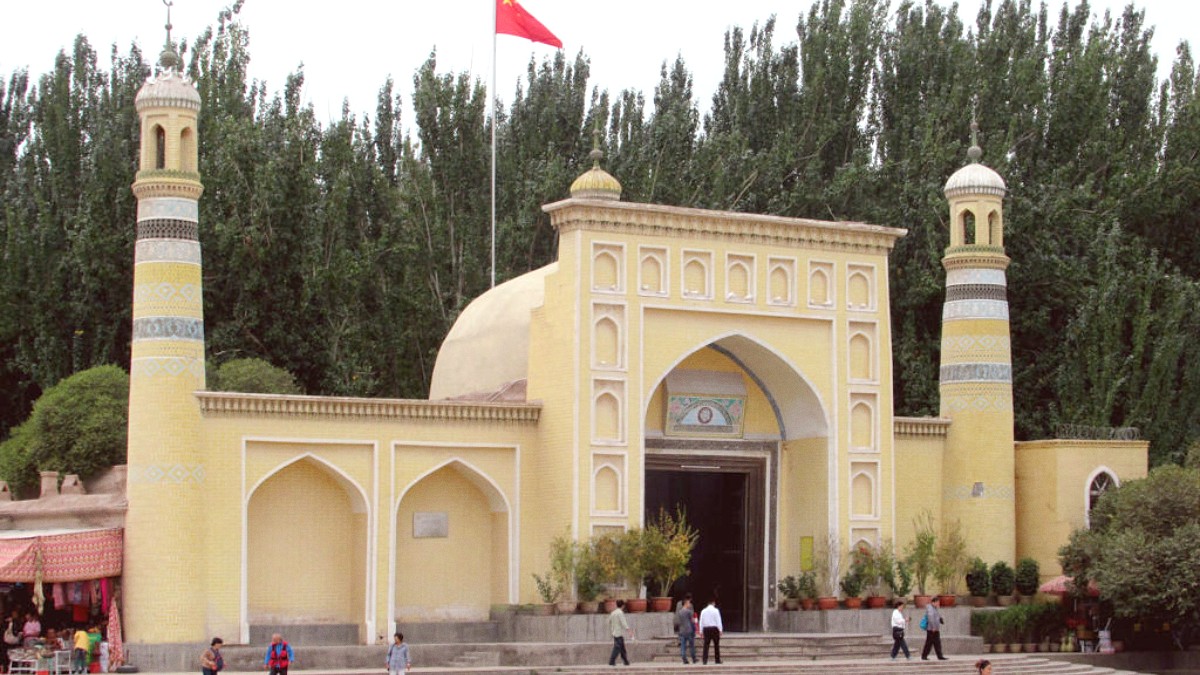
Xinjiang, China
Karakul Lake (Karakul): Approximately 4-5 hours drive southwest of Kashgar along the Karakoram Highway. This stunning high-altitude lake (over 3,600 meters) in the Pamir Mountains presents breathtaking views of the "Roof of the World," including the peaks of Muztagh Ata. It is the most popular day trip from Kashgar.
Opal Village (Wupu Village): About 30-40 minutes drive from Kashgar. This village is renowned for its traditional Uyghur pottery, where artisans craft earthenware with ancient techniques. It displays rural craftsmanship. Shuifu (Water Mill Village): A historical site with traditional water mills, located about 1-1.5 hours drive from Kashgar. It gives insight into traditional agricultural practices and rural life.
Selecting your travel style for day trips and experiencing the surrounding natural beauty.
Organized tours represent a reliable and often the only feasible way to access many areas and confirm compliance with local regulations.
Independent travel, while giving high flexibility, faces severe limits due to permits and regulations.
For those with more time, Kashgar serves as a springboard for multi-day extensions into other parts of Xinjiang or further along the historical Silk Road.
Extend your Karakul Lake trip by spending a night in a traditional Kyrgyz or Tajik yurt. This lets you see incredible sunrise/sunset over the Pamir peaks.
Travel further south to Yarkand, an ancient Silk Road city known for historical mausoleums. This extension needs permits and pre-arranged transport, usually a tour.
Further east, Hotan is famous for jade, silk, and carpets. It displays a distinct cultural flavor and historical sites. This adds 2-3 days and needs permits.
Details for connecting between regions.
Beyond Kashgar's city limits, nearby sites display further cultural and historical exploration, broadening your understanding of the region's heritage.
Explore significant historical and religious places nearby.
Visits to local villages reveal traditional life and crafts.
For longer trips, combine Kashgar with other Xinjiang destinations.
A broader trip covers diverse parts of Xinjiang.
Longer itineraries give a richer experience of Xinjiang's varied offerings.
Immerse yourself in distinct Uyghur and other ethnic cultures across the region.
Encounter the vast Pamir Mountains, desert landscapes, and unique oasis environments.
Trace the ancient Silk Road routes and visit historical sites of grand significance.